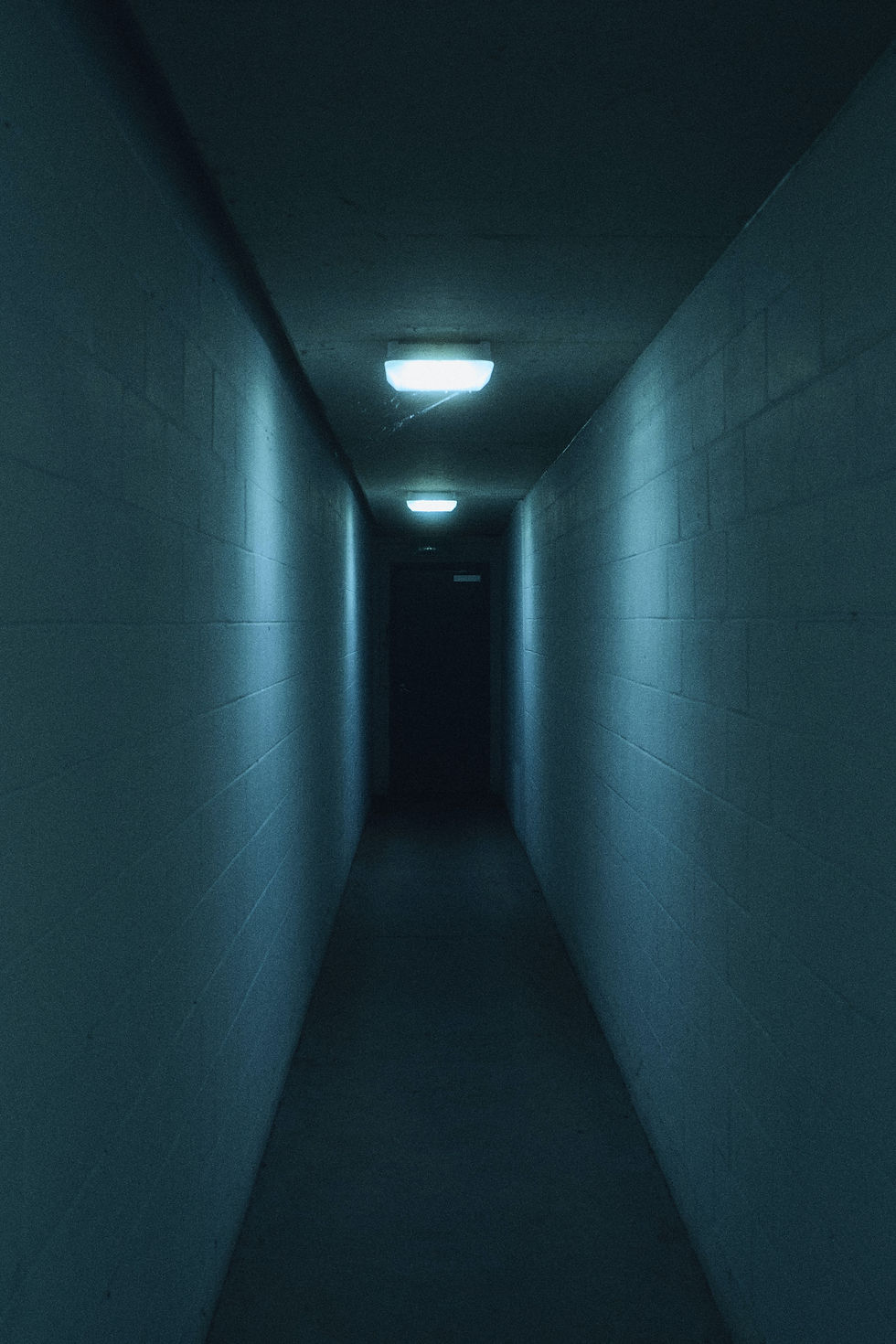A phobia is an intense, irrational fear of a specific object, situation, or activity that poses little to no real danger. Unlike general anxiety, a phobia leads to avoidance behaviors and extreme distress when encountering the feared trigger. The fear experienced is typically disproportionate to the actual threat and can interfere with daily functioning. Common types of phobias include social phobia, specific phobias (e.g., fear of heights, animals), and agoraphobia.
Symptoms
Rapid heartbeat
Sweating
Trembling or shaking
Shortness of breath
Dizziness or lightheadedness
Nausea or upset stomach
Feeling of impending doom or panic
Intense anxiety or fear when exposed to the trigger
Avoidance of the feared object, situation, or activity
Difficulty functioning normally due to fear or avoidance
Top 10 Phobia Types You Should Know About
Phobias are more common than you might think, with millions of people experiencing them. Understanding the most common phobia types can help you recognize and manage your fears. Here are the top 10 phobia types:
Arachnophobia
Arachnophobia, the fear of spiders, is one of the most prevalent phobia types. Even just the sight of a spider can trigger intense anxiety for those suffering from it.
Acrophobia

Acrophobia refers to an extreme fear of heights. Individuals with this phobia may experience dizziness, panic, or feel immobilized when in high places.
Aerophobia

Aerophobia is the fear of flying. This phobia can be so severe that it prevents people from traveling by air, impacting both personal and professional aspects of life.
Claustrophobia

Claustrophobia is the fear of enclosed spaces. Elevators, crowded rooms, or tight spaces can trigger extreme anxiety for people with this phobia.
Ophidiophobia
Ophidiophobia is the fear of snakes. Even harmless snake-related imagery or environments where snakes might be present can trigger this fear.
Cynophobia

Cynophobia refers to the fear of dogs. This phobia can make interactions with pets, or even visiting parks and public places, distressing for the individual.
Trypanophobia
Trypanophobia is the fear of needles or injections. Many people with this phobia avoid medical care due to their overwhelming fear of needles.
Social Phobia (Social Anxiety Disorder)

Social phobia, also known as social anxiety disorder, is a fear of social situations. It can interfere with daily interactions, making activities like public speaking or attending social gatherings difficult.
Agoraphobia
Agoraphobia involves the fear of being in situations where escape may be difficult, such as crowded places, open spaces, or public transport. This phobia often leads to individuals avoiding leaving their homes.
Mysophobia

Mysophobia, the fear of germs or dirt, is linked to obsessive-compulsive behaviors. It often leads to excessive cleaning and avoiding public places for fear of contamination.
Treatment Options: From Self-Help to Professional Therapy
Once you've identified your phobia, there are several treatment approaches available, ranging from self-help strategies to professional therapy. Here's a breakdown of these options:
1. Self-Help Strategies (LIMITED ROLE)
Relaxation Techniques: Breathing exercises, mindfulness, and meditation can help ease anxiety triggered by phobias. These techniques provide mental clarity and reduce stress, making them excellent tools to incorporate into your daily routine.
Gradual Exposure: One of the most effective ways to reduce fear is through gradual exposure. Start by imagining the fear, then slowly progress to confronting it in small, manageable steps. This approach helps in building mental resilience over time.
Supplements for Anxiety: Brain supplements containing ingredients like magnesium, ashwagandha, or omega-3 fatty acids have been found to help with anxiety and stress, supporting your mental health during this process.
2. Therapy-Based Treatments (RECOMMENDED GOLD STANDARD).
The best and most effective treatment for phobias is exposure therapy or desensitization , a form of behavior therapy that involves confronting the feared object or situation in a controlled setting.
Exposure Therapy:
Exposure therapy is highly effective for treating phobias, helping to reduce the intensity of fear over time. It can be performed in several 1-hour sessions or in one long, intensive session. Virtual reality exposure is also an option for those who prefer a simulated environment.
Research has shown that exposure therapy generally outperforms other types of therapy, like relaxation therapy. However, it’s important to note that for the therapy to work, the exposure needs to be repeated and prolonged. Up to 25% of people with phobias may decline this type of therapy due to its challenging nature, but for those who engage, the results are often significant,fruitful and long lasting
When Immediate Help is Needed:
Some individuals only seek help just before an important event that is complicated by their phobia. In these cases, short-term use of benzodiazepines (a type of anti-anxiety medication) may be prescribed to relieve phobic anxiety until further treatment can be arranged.
3. The Role of Psychiatric Drugs in Phobia Treatment
Although pharmacotherapy is not the primary treatment for phobias, certain medications can enhance the effectiveness of therapy. Mainly the drugs used are ssris, snris, tca 's, maoi 's ,beta blockers,d-cycloserine and benzodiazepines.
drugs are used in conjunction and as a support to therapy in treating phobias
Treatment outcomes
The treatment outcomes for phobias depends on various factors, including how long the phobia has been present and when it originated. Phobias that begin in adulthood, especially after stressful events, tend to have better outcomes with treatment.Overall with proper professional treatment the outcomes are good to excellent.
REFERENCES: TAKEN FROM OXFORD TEXTBOOK OF PSYCHIATRY
KINDLY SHARE THIS POST WITH OTHERS AND IF YOU HAVE ANY QUESTIONS YOU ARE WELCOME TO ASK IN COMMENTS BELOW
Comments